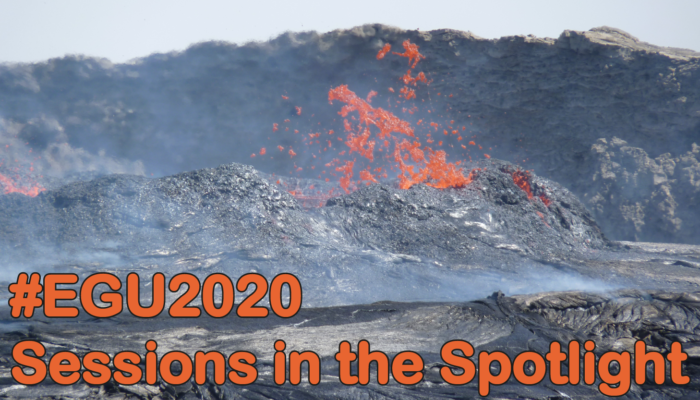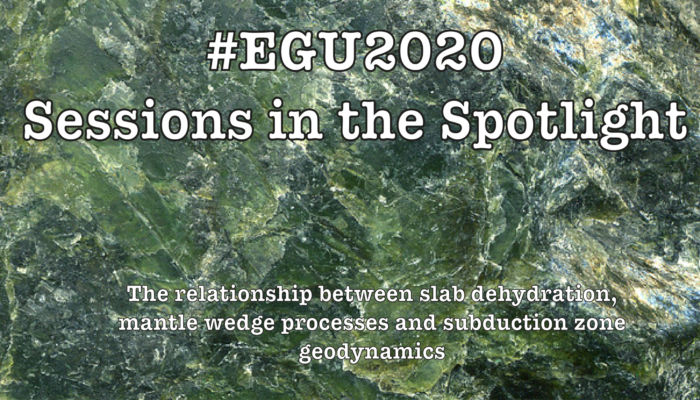The Earth Sciences are so broad, that sometimes we can end up forgetting the other parts of it exist. We can get so focused on our field that we forget there might be other people working on really similar things, who might have something really useful to say. The EGU conference is great for solving this problem – it’s big enough to bring together all sorts of Earth scientists, but sti ...[Read More]
#EGU2020 Sessions in the Spotlight: Continental Rift Evolution: from inception to break-up
Breaking up is hard, but sometimes it’s the right thing to do. Sometimes it might look like a breakup is about to happen, or it might even begin to happen, then be saved part way through. Sometimes breakups start with a small area of weakness, which grows into something much bigger. If your first thought reading this was ‘continental rifts’ or ‘this guy clearly knows nothin ...[Read More]
#EGU2022 Sessions in the Spotlight: GMPV1.3, Advances in microanalysis: Insights into nanoscale trace element heterogeneities
One of the great things about geology is how it incorporates observations from the huge to the tiny. We can think on the scale of whole earth (or even bigger), continents, regions, outcrops, rocks, crystals or atoms, and everything in between. If you are in the latter groups, you are probably following closely the amazing developments in microanalysis that seem to happen every year, allowing us to ...[Read More]
#EGU2020 Sessions in the Spotlight: GMPV2.3: The relationship between slab dehydration, mantle wedge processes and subduction zone geodynamics
Now that we are 6 weeks out from the EGU2020 abstract deadline, it’s a great time to choose your session and write an abstract! Because, lets be honest, nobody wants to be writing an abstract over the Christmas holidays… Every few days, we will be highlighting a session in the Geochemistry, Mineralogy, Petrology and Volcanology section, to help make your session choice as easy as possi ...[Read More]




